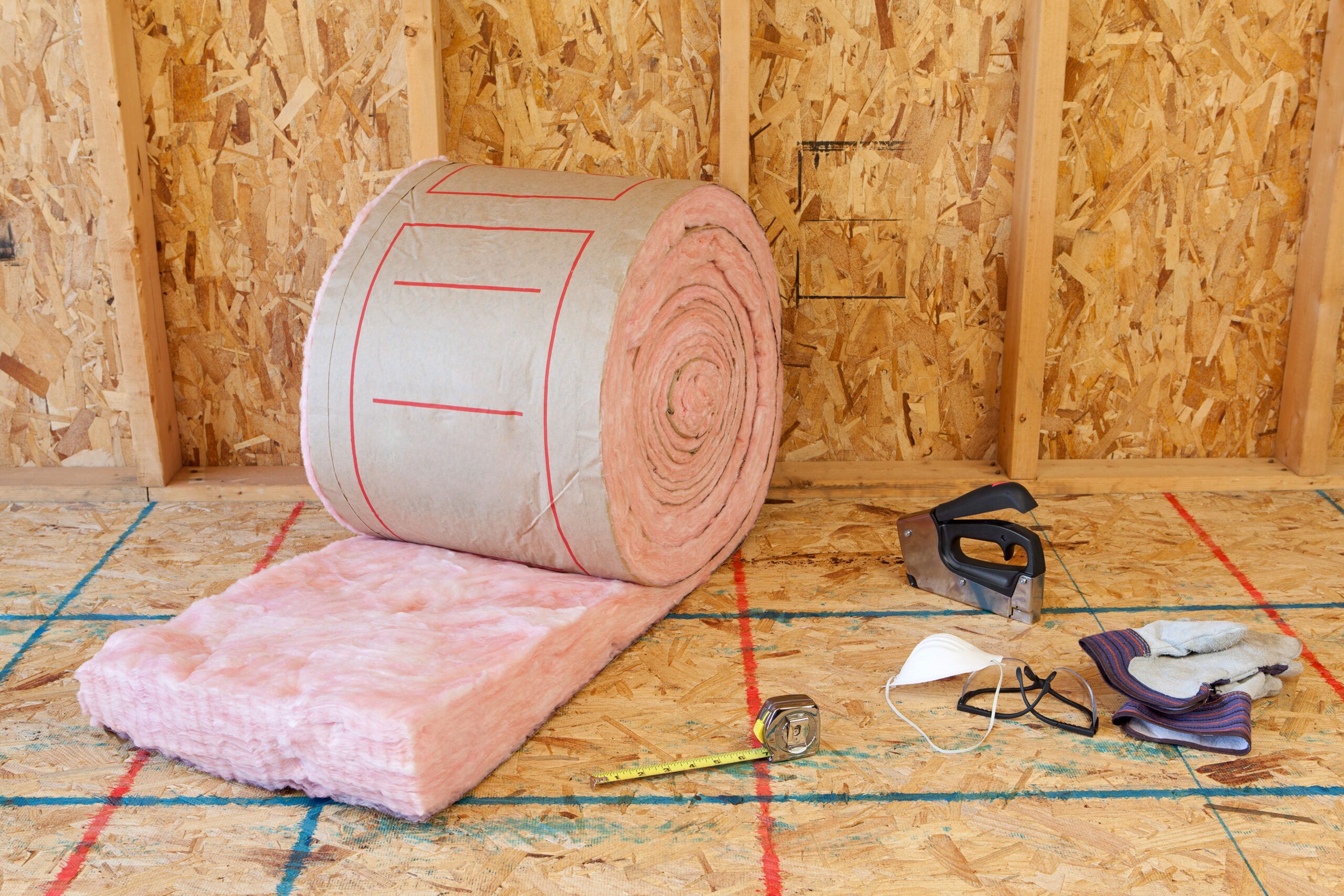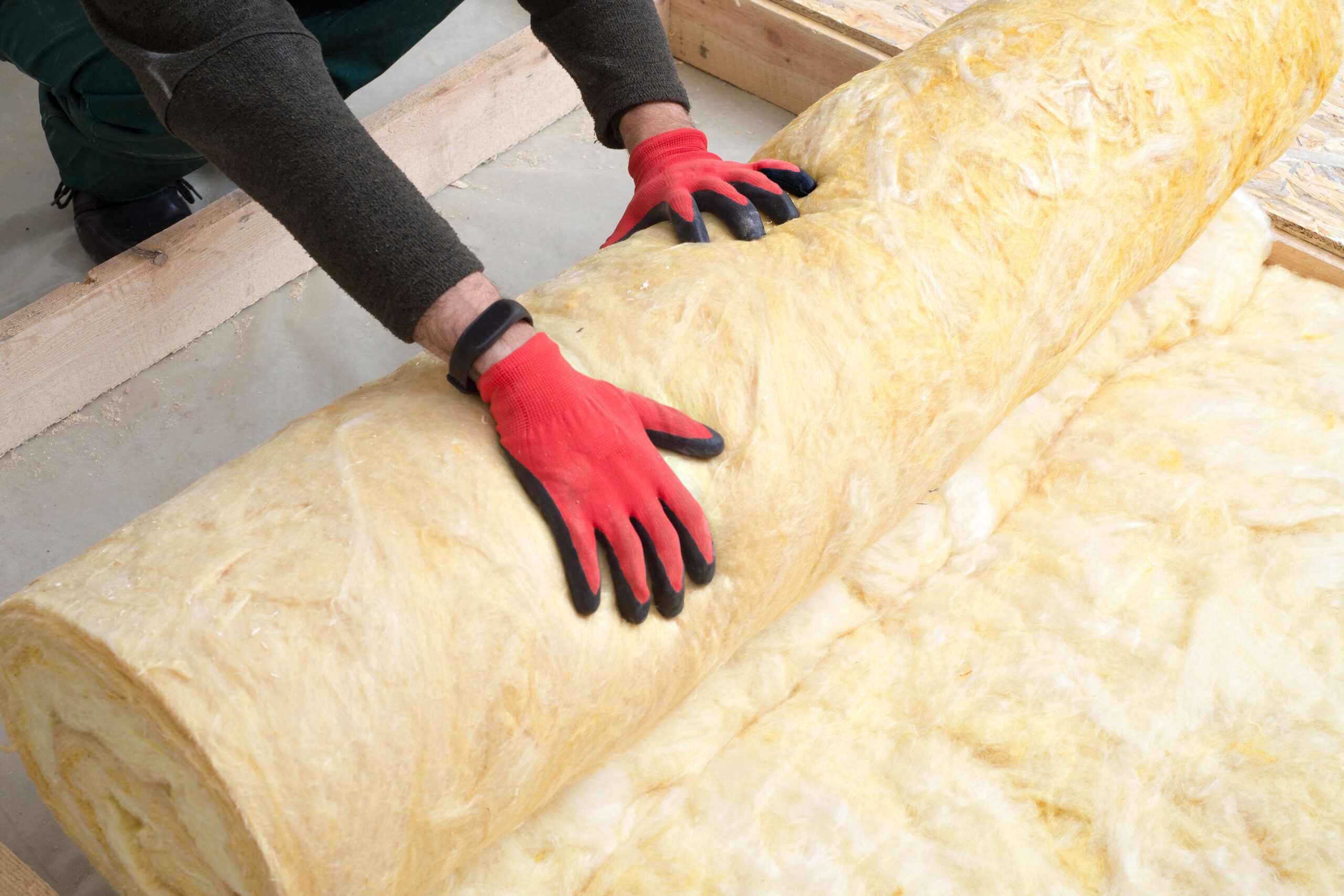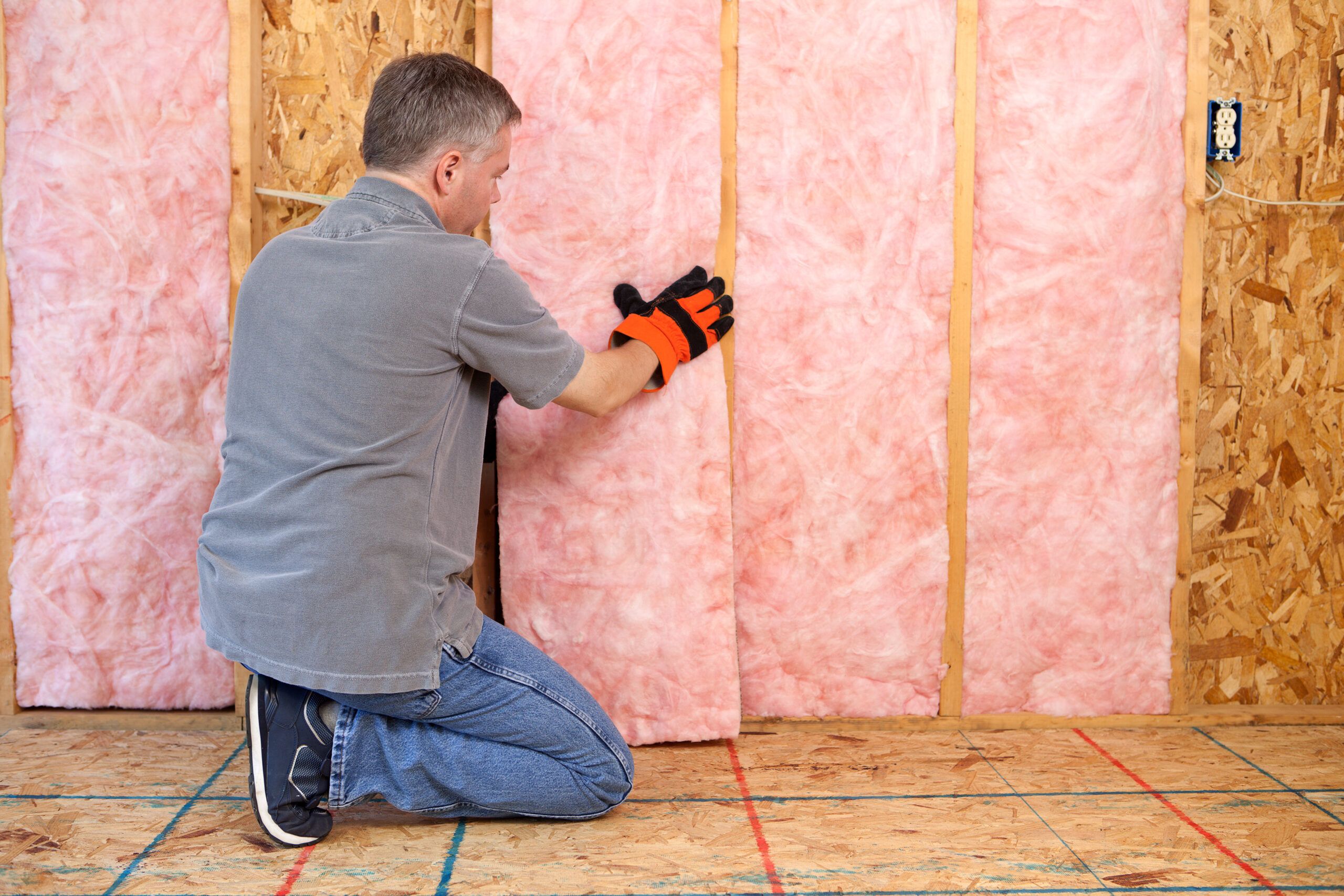Insulation has come a long way. These days you can stuff your walls with everything from recycled blue jeans to soy-based foam to keep temps comfortable year-round. But if you live in an older home with insulation installed before you moved in, understanding what pads your walls is essential to keeping your family safe—especially if your spring to-do list includes cleaning the attic or renovating it. Here’s what you need to know about three common old house insulations.
3 Common Insulation Found in Old Homes
Vermiculite

What it is: A lightweight, shiny mineral that resembles mica flakes.
How it works: Vermiculite absorbs water and is fire resistant, giving it myriad uses, from fluffing up garden soil to soundproofing floors. The mineral was popular during much of the 20th century as insulation, thanks in part to its easy application: It could simply be poured by the bagful between ceiling joists.
Possible hazards
Vermiculite isn’t inherently harmful; you can still buy it at garden stores. But 70 percent of the vermiculite sold from 1919 through 1990 came from a mine in Libby, Montana, which shared the space with a deposit of asbestos. If your home was built before 1990 and has vermiculite insulation, you should assume it’s contaminated with asbestos, which according to the EPA puts you at risk for lung diseases, including asbestosis, lung cancer, and mesothelioma.
If you have it: Don’t mess with it. There’s less risk in just living with the material than in trying to remove it and possibly releasing asbestos into the air you breathe. Rethink storing boxes in your attic if accessing them disturbs the vermiculite. And if must-do renovations require cutting a hole in the ceiling, call a contractor certified to deal with asbestos.
Fiberglass

What it is: Finely spun glass fibers create a lofted material that can be rolled as batting; it can also be sprayed into walls as loose fill. It remains one of the most popular types of insulation.
How it works: Fiberglass works as a barrier by trapping air inside pockets of fluff; that’s why it loses its effectiveness when compressed by the weight of boxes or other heavy items.
Possible hazards
In 2001, the World Health Organization removed fiberglass insulation from its list of possible carcinogens. However, if you’re handling it, you need proper protection, as microscopic slivers of glass can break loose and irritate your skin and throat, says Allen Rathey, president of the Healthy House Institute.
If you have it: Avoid disturbing the material. If you have to work with it—to fluff up batting that’s been flattened, for example—wear gloves, goggles, a dust mask, and a loose-fitting long-sleeve shirt. Make sure to clean up thoroughly afterward.
Mineral Wool

What it is: Popular before World War II, mineral wool comes in two main forms: rock wool, which is made by spinning molten rock into masses of tiny intertwined fibers similar to cotton candy; and slag wool, which is made from the by-product, or slag, that forms on the surface of molten metal.
How it works: Formed into blankets, batts, or boards, mineral-wool fibers block both sound and temperature exchange through walls. It can also be found as loose-fill insulation.
Possible hazards
Like fiberglass, mineral wool can cause itching on contact and its dust may temporarily irritate your throat.
If you have it: Follow the same precautions as you would when dealing with fiberglass.

